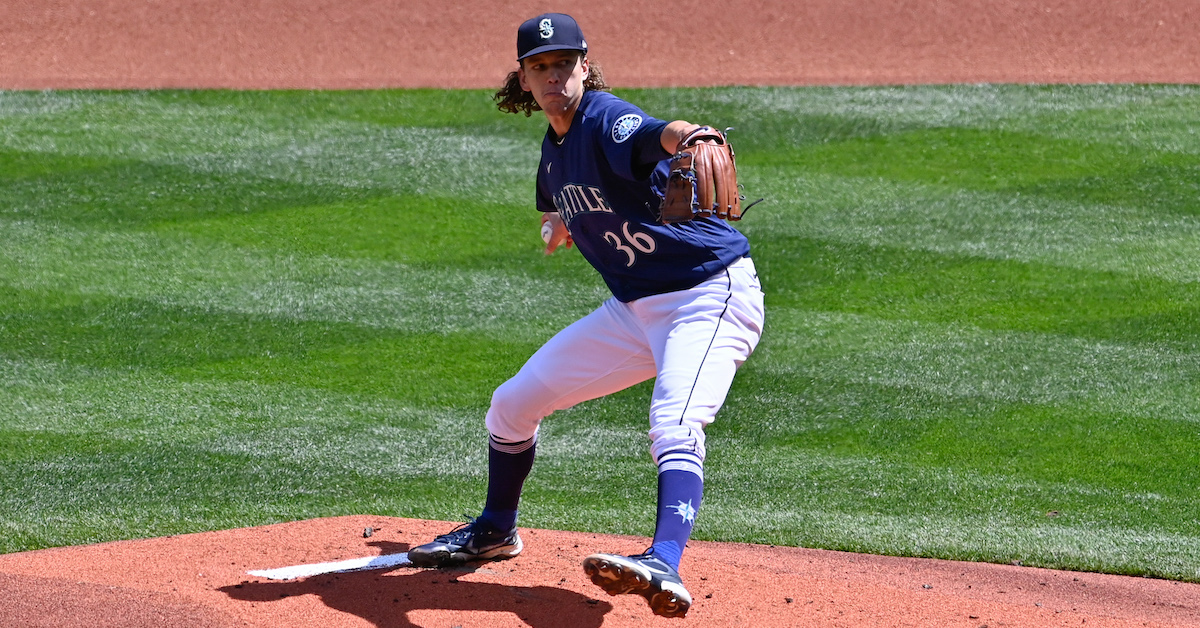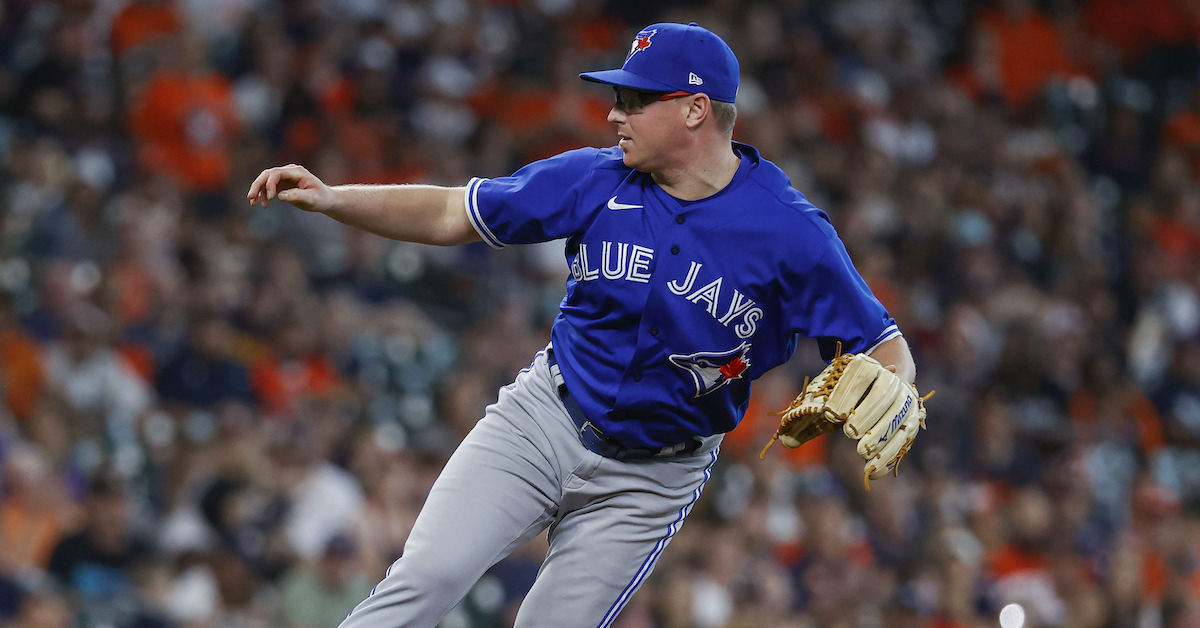Dodgers Rookie Gavin Stone Has a Plus Changeup (and Now, a Big League Win)

Gavin Stone was credited with his first big league win on Sunday. Working in a bulk role behind opener Caleb Ferguson, the 24-year-old rookie right-hander went six solid innings as the Los Angeles Dodgers topped the Boston Red Sox 7-4 at Fenway Park. His changeup played a predictably prominent role. Stone threw the pitch that our lead prospect analyst Eric Longenhagen has assigned a 60/70 FV (current/projected) on the 20-80 scouting scale a total of 22 times, with a vertical break averaging 30 inches and diving as low 39 inches. Velocity-wise, it ranged from 82.6 mph to 87.7 mph.
Stone was making his fifth major league appearance (and his first since July 4) when he took the mound in Boston. His earlier outings had been on the rocky side — his ERA and FIP are now 10.50 and 6.72 respectively — but there is no denying his potential. The 2020 fifth-round pick out of the University of Central Arkansas is currently no. 40 on The Board with a 50 FV.
Stone told the story behind his signature pitch the day before facing the Red Sox. Read the rest of this entry »








